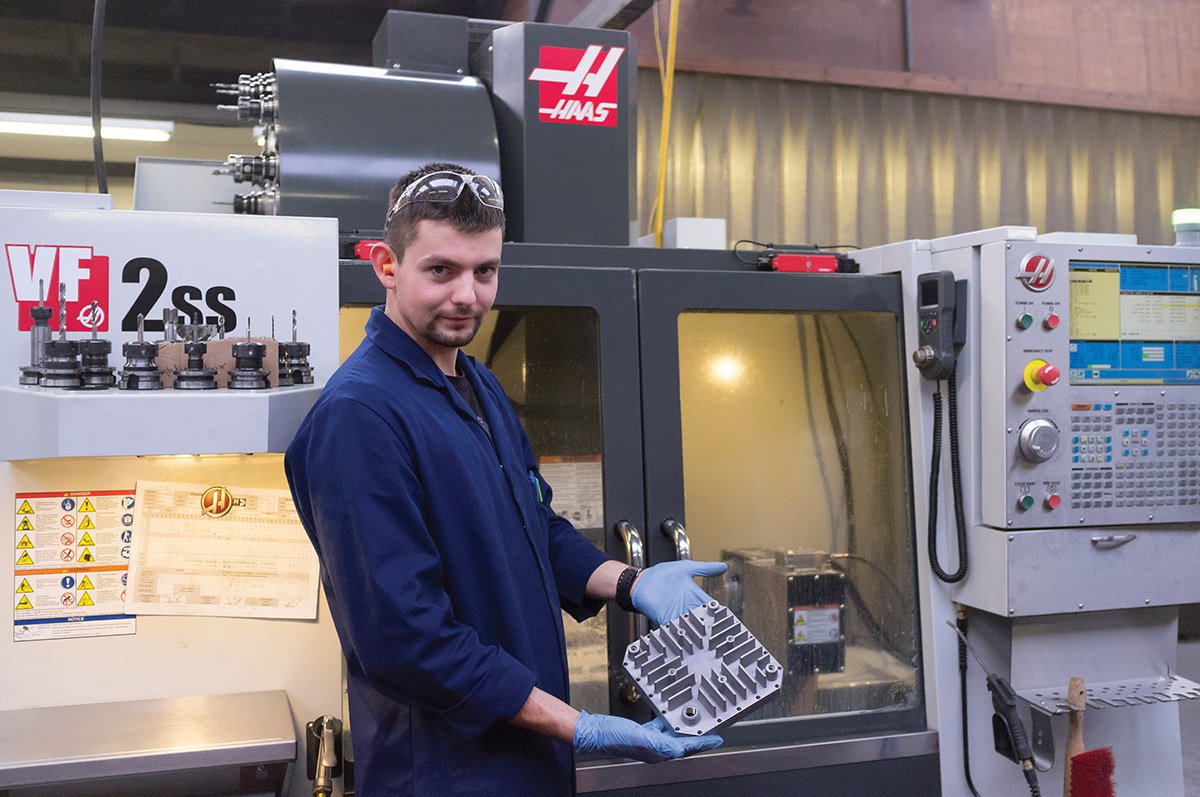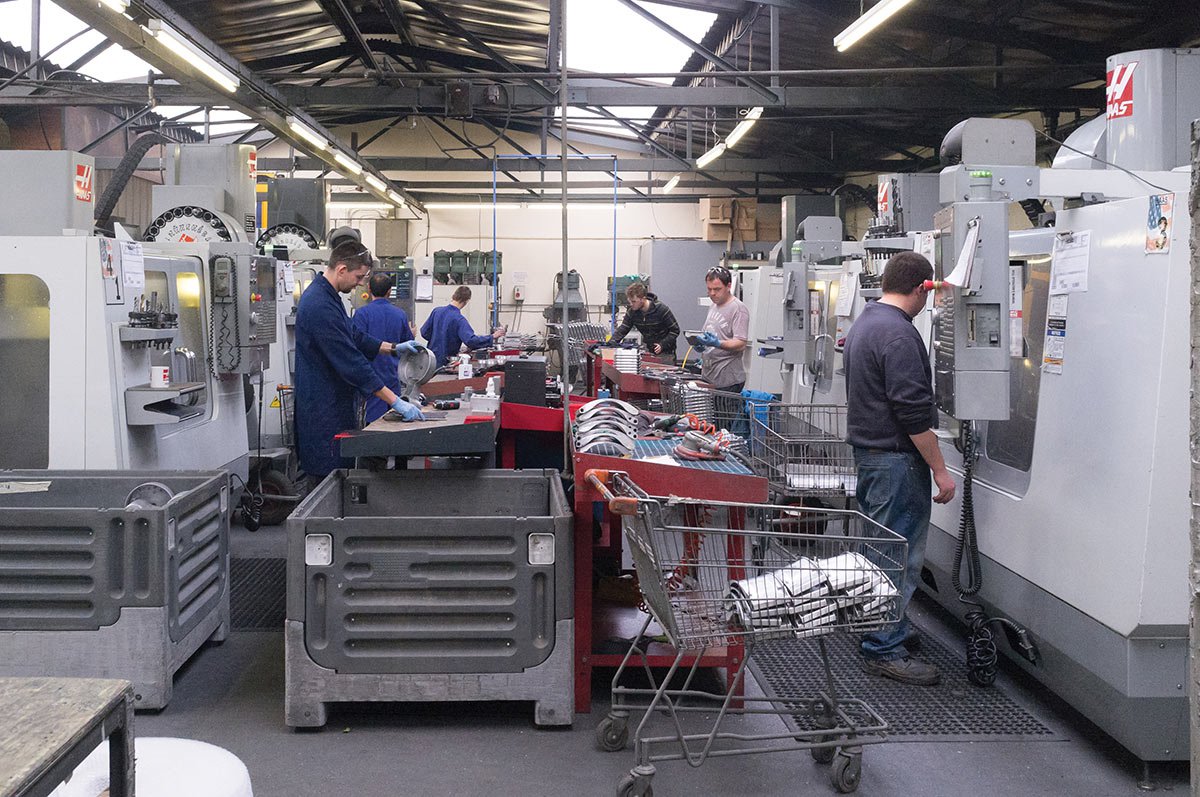Daften Die-Casting - Wadebridge, Cornwall
Daften Die-Casting Ltd was established in 1961. It is a family business, run by brothers Mark, Guy and Grant Weedon. Based alongside the river Camel in Wadebridge, Cornwall the company specialises in aluminium pressure die-casting and describes itself as a one-stop-shop. Daften comprises four main areas of expertise a die-casting facility, a tool making department, a CNC machine shop, and the capability to perform shot blasting and powder coating. They are in the unique position of being able to offer the design and manufacture of any necessary tooling, the die-casting of the component, CNC machine finishing and if required, powder coating.

The business has expanded rapidly from inception and enjoys an excellent reputation for work and the ability to offer a good and reliable service with added flexibility, together with technical advice and assistance to the customer where it is required.
Mark Weedon, sales and commercial director, explains: “We regularly invest in the latest state of the art equipment and technology, we’re the proud owners of a 350 tonne automated die-casting cell.”
The company supplies a wide range of industries but specialises in peristaltic pumps, street and retail lighting and cases for electronics and marine use.
“Over the past six years we’ve heavily invested in Haas milling machines,” says Mr Weedon. “We originally bought a VF-1, but have grown the stable of machines on a regular basis. Over the past few years we’ve added four VF-2SS and a VF-4SS. These are the Super Speed models with 12,000rpm spindles. We made the decision to arm them with Haas HRT-160 4th-axis rotary tables, which further increases speed of manufacturing while maintaining exceptional repeatable accuracy. It also gives us the ability to machine complex shapes, undercuts and difficult angles in a single setup, reducing tooling cost and labour time, resulting in a better cost per part. In addition we can maintain parts conformity throughout the run of the part.”

“Quality is such an important factor these days; if you can’t maintain the highest standards, you’ll end up losing customers. We’ve fitted Haas WIPS probes to our CNC machines and have linked the system to a stand-alone computer that records the machining data. This offers improved accuracy, enhanced quality control and can co-ordinate measurements on the machines to a tolerance of 2 microns. These tolerances are typical of the aerospace sector.”
Mr Weedon continues, “To supplement the new measurement probing system we have also invested in a co-ordinate measuring machine. This CMM equipment is kept at a consistent temperature in an air-conditioned room and operated by a dedicated, highly skilled technician. This means we can now offer precision measurement of components, not only as part of our one-stop-shop service, but on a subcontract basis to other companies that may not have the capability for precision measuring.”
“Savings can also be made at ‘goods in’ as inspections and the audit trail can be displayed in a spreadsheet format. The visual display of all the data in one place means that batching data can be emailed to the client so we can be even more confident in our reliability and consistency by just analysing the data.”
“We’ve been delighted with our Haas machines and the levels of service – we wouldn’t keep buying them otherwise. You simply can’t beat them for ease of use, reliability, accuracy and the features you get as standard. Our operators love using them. Would I recommend Haas? Yes. Definitely yes.”
www.daften.co.uk
We’ve been delighted with our Haas machines and the levels of service – we wouldn’t keep buying them otherwise. You simply can’t beat them for ease of use, reliability, accuracy and the features you get as standard. Our operators love using them. Would I recommend Haas? Yes. Definitely yes.
Mr Weedon, Sales &Commercial Director




